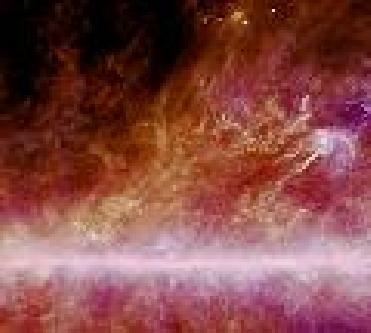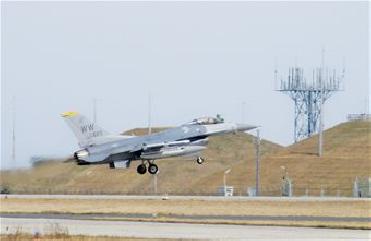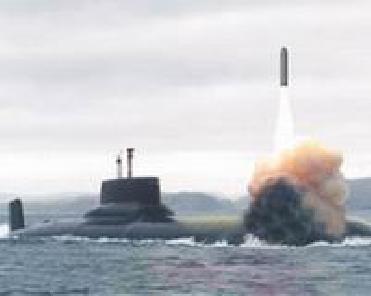
The image of cold dust particles in the Milky Way Galaxy as captured by ESA's Planck spacecraft. An ESA photo
PARIS (BNS): European Space Agency's Planck spacecraft has zoomed in on the cold dust particles spread in the Milky Way galaxy.
The newly-obtained images from the spacecraft could help scientists determine the forces that shape our Galaxy and trigger star formation. The images shed light on the filamentary structure of cold dust particles found in our Milky Way galaxy.
Within about 500 light-years of the Sun, these filaments of dust are connected to the Milky Way which is the pink horizontal feature near the bottom of the image. The hue is due to the emission coming from across the disc of Milky Way.
The image has been colour coded to see temperature variations of the dust. While white-pink tones show dust of a few tens of degrees above absolute zero, the deeper colours are dust at around �261�C, only about 12 degrees above absolute zero. The warmer dust is concentrated into the plane of the Galaxy whereas the dust suspended above and below is cooler.
�What makes these structures have these particular shapes is not well understood,� said Jan Tauber, ESA Project Scientist for Planck.
The denser parts are called molecular clouds while the more diffuse parts are �cirrus�. They consist of both dust and gas, although the gas does not show up directly in the image.
The bright spots in the image are dense clumps of matter where star formation may take place. As the clumps shrink, they become denser and better at shielding their interiors from light and other radiation. This allows them to cool more easily and collapse faster.
There are many forces at work in the Galaxy to help shape the molecular clouds and cirrus into filamentary patterns. For example, on large scales the Galaxy rotates, creating spiral patterns of stars, dust, and gas. Gravity exerts an important influence, pulling on the dust and gas. Radiation and particle jets from stars push the dust and gas around, and magnetic fields also play a role, although to what extent is presently unclear.
However, one mystery that is yet to be solved is why there is similar filamentary structure on both the large and the small scale. �That�s a big question,� says Tauber.
 Previous Article
Previous Article Next Article
Next Article













The Indian Air Force, in its flight trials evaluation report submitted before the Defence Ministry l..
view articleAn insight into the Medium Multi-Role Combat Aircraft competition...
view articleSky enthusiasts can now spot the International Space Station (ISS) commanded by Indian-American astr..
view article